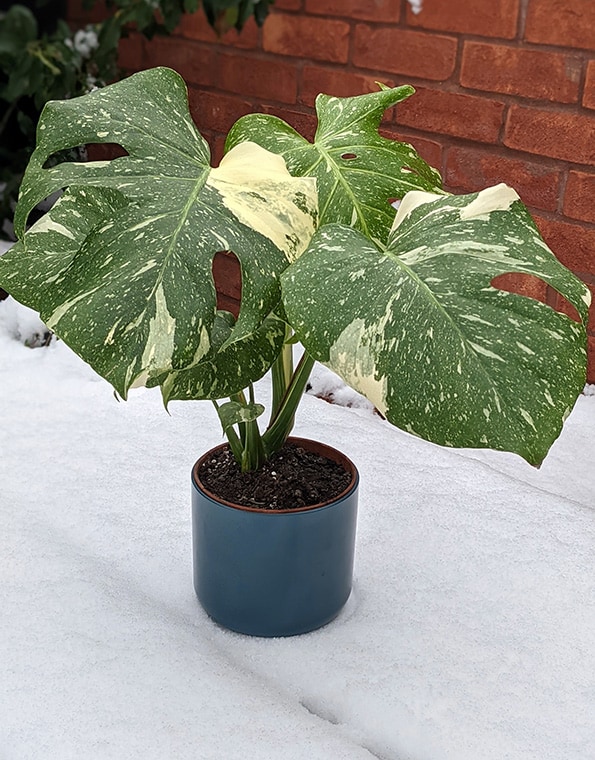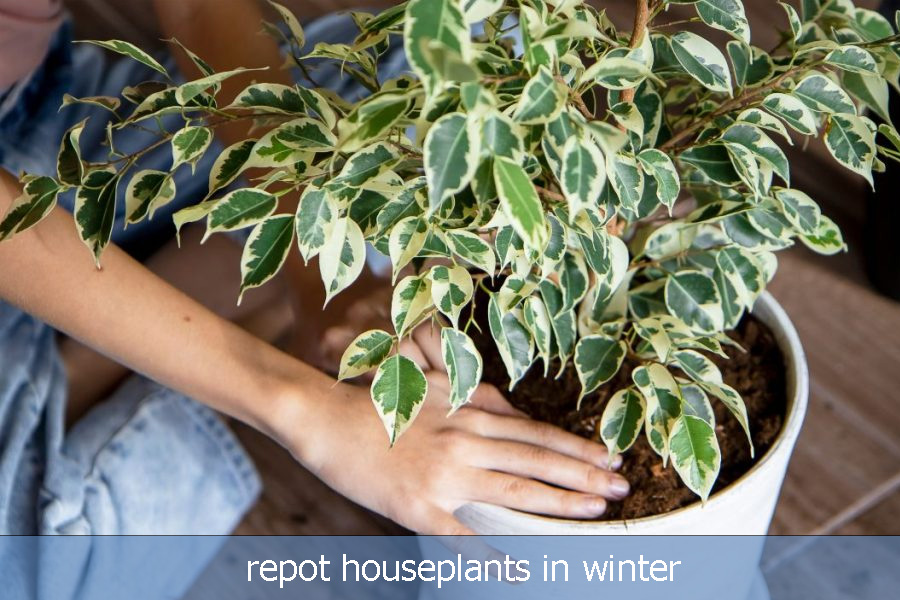Repot houseplants in winter
Winter is an ideal time to repot houseplants as they grow and require larger containers for proper root system nourishment. Root-bound plants can lead to their demise, so repotting them in winter allows gardeners to keep their thumbs green instead of frostbit. Signs of repotting include roots on the surface, roots growing out of drainage holes, and slow growth. Check for coiling or spiraling roots around the pot.
Repotting is often done before the new growing season, and Meadows Farms and the Great Big Greenhouse stock pottery from around the globe. When choosing a pot, ensure it complements your home décor and size is appropriate for your plant. Do not oversize pots, as too big pots can hold extra water and cause root rotting. Ensure the containers have drainage holes for water flow. To protect your carpet or hardwood floors, select a saucer that complements the new pot.
Use a premium potting soil mix with fertilizer, such as Espoma Organic’s line, which are excellent products for most indoor plants.
Repotting Houseplants In The Winter

To repot the plant, remove it from the pot, loosen tangled roots, or prune if they are too tight. Fill the new pot with soil, place the plant in the center and add potting soil around it. Water thoroughly to establish the roots and settle the soil. If the plant is shocked again after potting, keep it out of direct sunlight for a few weeks and keep the soil as even as possible.
Does Repotting Houseplants in Winter Cause Disease?

When you shouldn’t repot in Winter
Don’t Repot when the plant is flowering
Winter repotting is not recommended for flowering plants, especially those that stop blooming or drop buds, known as Diva Houseplants. The limited flowering period is the main reason for having the plant in the home. Repotting is stressful for plants and can cause root disturbance, making it more complex and increasing the risk of problems. It is recommended to wait until the flowers have finished blooming before repotting.
Don’t repot when it’s uncomfortably cold for you
Repotting houseplants in winter is generally acceptable unless temperatures are approaching sub-zero. Tropical plants, or those with a tropical heritage, are not accustomed to freezing temperatures and may struggle in cold weather. If you need to wear a thick coat to be outside, it’s too cold for your plant. If you ignore this advice, you may expect your plants to drop leaves within a few days or even fail. Instead, wait for a mild winter day or do the task in your warm home.
Don’t repot if your plant is in a rest period or dormant
Houseplants may still produce some new growth during winter, especially in warm, bright locations. However, some plants are sensitive to light levels and know when winter has arrived by shutting down, known as a rest period or dormancy. This occurs when the plant is not growing new leaves, flowering, or active. In 90% of cases, there is no need to repot, while the other 10% are reserved for emergencies like pest control.
Conclusion in Repot houseplants in winter
Repotting houseplants over winter is possible if artificial light and warm conditions are provided. This allows plants to receive more space and nutrients, preparing them for the coming year. However, there are some cautionary warnings and proper repotting etiquette. Repotting can be stressful for plants, especially during winter, and additional factors may need to be considered. Only a few situations are valid reasons to delay repotting until warmer temperatures and brighter light levels. It is important to remember that many people receive houseplants during the festive period, which often falls in winter. Repotting a plant is not necessary immediately, but if necessary, it can be done later in the year.











